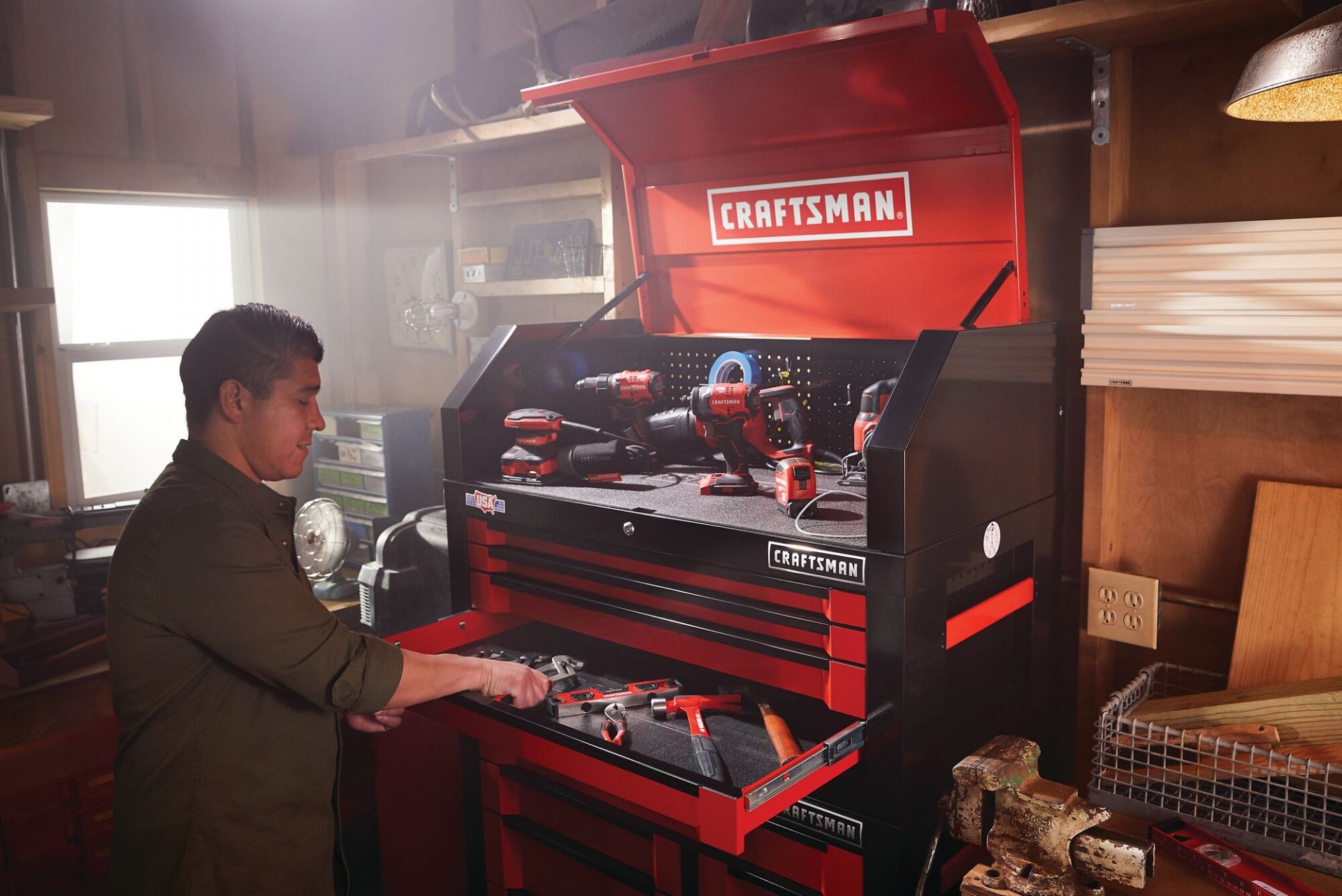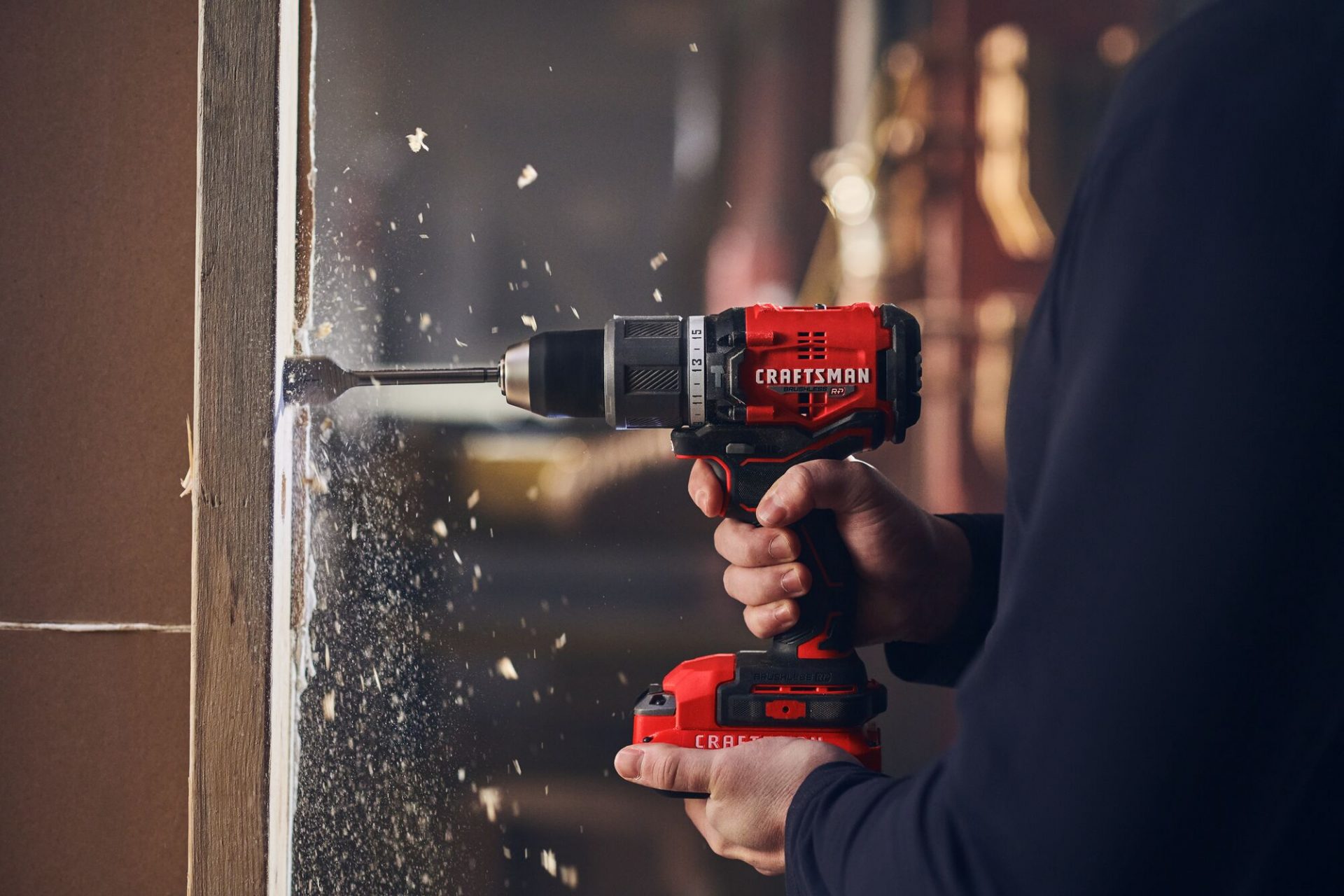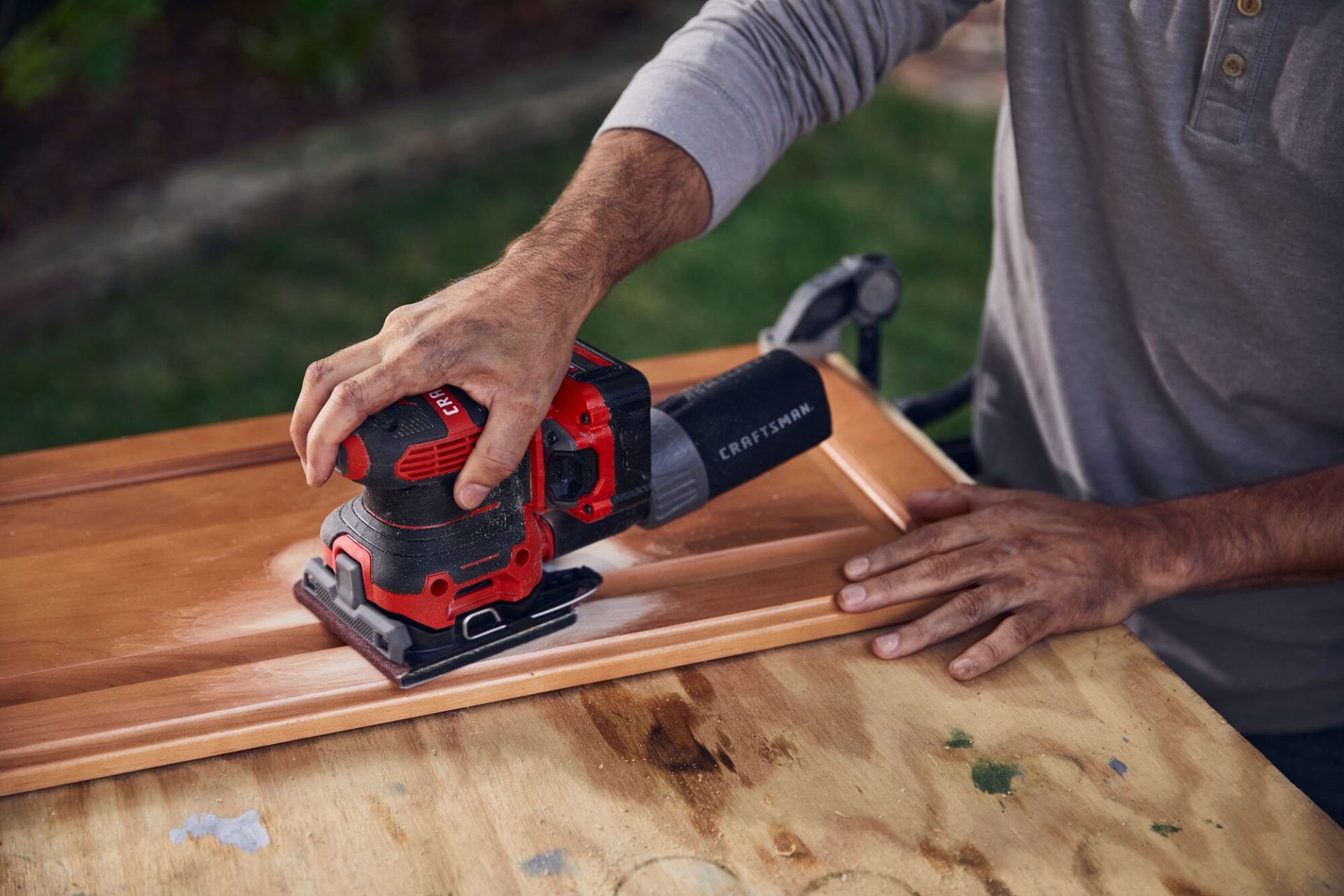FTC Disclosure:This post contains affiliate links.We’re independently supported by our readers and we may earn a commission when you buy through our links.
In a world where consumerism reigns supreme, the concept of Craftsmanship is often overlooked. We’ve become accustomed to cheap, mass-produced items that may have a short lifespan and need a more personal touch and attention to detail that comes with handcrafted goods. But something must be said about the quality and excellence that comes with a true artisan’s work. In this blog post, we’ll explore the concept of Craftsmanship, its history, and why it’s worth investing in.

Table of Contents
Who is a Craftsman?
A craftsman is someone who creates a product using their hands and skill. The term has been around for centuries and is often associated with skilled trades such as carpentry, blacksmithing, and pottery. But Craftsmanship can also be applied to other areas such as cooking, writing, and music. Essentially, a craftsman takes pride in their work and strives for excellence.

The History of Craftsmanship
The concept of Craftsmanship dates back to ancient times when skilled artisans would create items by hand for their community. These craftsmen were highly respected for their abilities, and their work was often passed down from generation to generation. As society evolved, so did the concept of Craftsmanship. During the Industrial Revolution, mass production became the norm, and the art of handcrafted goods started to fade. However, the value of Craftsmanship remained, and today, there has been a resurgence of interest in handmade products.

Why Choose Craftsmanship?
There are many benefits to choosing handmade, handcrafted products over mass-produced ones. Here are just a few:
Quality: Craftsmen take pride in their work and are committed to producing the highest quality product possible. Each item is made with attention to detail, ensuring it meets the highest standards of excellence.

Uniqueness: Handmade products are one-of-a-kind, making them special and unique. They are not mass-produced, so you can be sure you are getting something truly unique.
Sustainability: Handcrafted items are often made with sustainable materials, making them an eco-friendly choice. Additionally, since they are made to last, you won’t need to replace them as frequently as you would with mass-produced items.
Supporting Small Business
When you purchase a handmade item, you support a small business and help to keep traditional crafts alive.
Investing in Craftsmanship While handmade items may be more expensive than mass-produced ones, they are often worth the investment. Handcrafted products are made to last, so you won’t need to replace them as frequently as you would with cheaper, mass-produced items. Additionally, they are often unique and special, making them a great conversation piece in your home. By investing in Craftsmanship, you are also supporting small businesses and helping to keep traditional crafts alive.

Finding Quality Craftsmanship If you’re interested in purchasing handmade, handcrafted products, there are a few things to keep in mind:
Research: Research and look for artisans with a proven track record of excellence. Check out their website, read reviews, and look at their portfolio.

Communication: Be bold and communicate with the craftsman to ensure you get precisely what you want. Artisans often welcome input from their clients and will work with you to create something extraordinary.
Price: Handmade products may be more expensive than mass-produced ones, but remember you are paying for quality and excellence. You also support a small business and help to keep traditional crafts alive.
By investing in Craftsmanship, you are not only getting a high-quality product, but you are also supporting small businesses and keeping traditional crafts alive. Here are some additional subtopics to consider when exploring the world of Craftsmanship:
The Role of Technology In Craftsmanship
While Craftsmanship is often associated with traditional techniques and handcrafted items, technology has played a role in its evolution. With the help of technology, artisans can now create items with more precision and efficiency. For example, a woodworker may use a computer-aided design (CAD) program to create a blueprint for furniture, which can then be produced with a CNC machine. While some argue that technology takes away from the personal touch of Craftsmanship, it can also help artisans create more complex and intricate designs.

The Importance of Apprenticeships
Apprenticeships has played a crucial role in the history of Craftsmanship. Traditionally, an apprentice would work under a master artisan, learning the skills and techniques needed to create high-quality items. While the concept of apprenticeships has faded, interest has been resurgent in recent years. Apprenticeships can be an excellent way for young people to learn a trade and keep traditional crafts alive.
The Value of Handwritten Notes and Personalized Items Craftsmanship isn’t just about creating physical items. It can also be applied to areas such as writing and gift-giving. For example, a calligrapher may create handwritten notes or invitations, or a jewelry maker may create personalized items such as engraved rings or bracelets. These special and unique items show that the creator put thought and care into their work.
The Future of Craftsmanship Craftsmanship has stood the test of time, but what does the future hold? While mass production is still the norm, there has been a growing interest in handmade, handcrafted items. With the rise of e-commerce and social media, it’s now easier than ever for artisans to reach a wider audience. Additionally, there has been a push for sustainable and eco-friendly products, often found in the world of Craftsmanship. As consumers become more conscious of the impact of their purchases, the future of Craftsmanship looks bright.
In conclusion
Craftsmanship is a timeless concept that is still relevant today. Whether through traditional trades such as woodworking and pottery or more modern applications such as calligraphy and personalized gifts, Craftsmanship is about creating something with care and attention to detail. By investing in Craftsmanship, you are not only getting a high-quality product, but you are also supporting small businesses and keeping traditional crafts alive.






